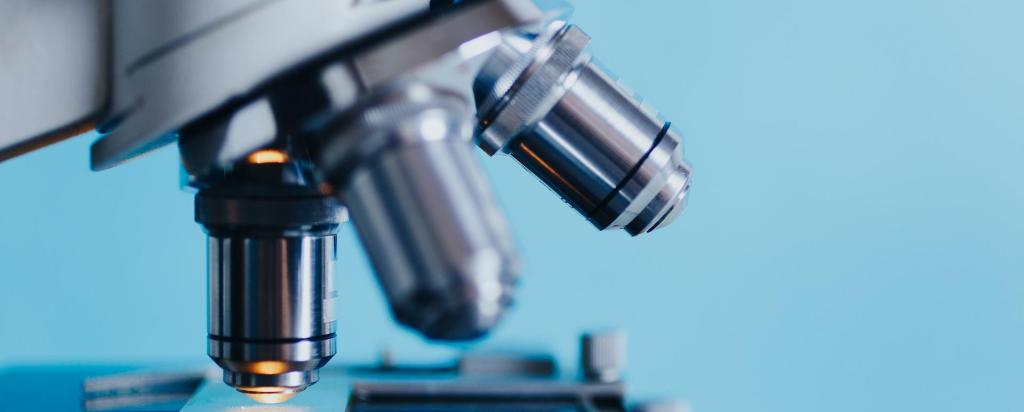
Showing 181 - 200 of 223 results
Understanding fine particle pollution
Thirty years of ANSTO's unique capability in monitoring fine particle pollution provides insight on bushfire smoke.
The history of ANSTO began 70 years ago with the Atomic Energy Act 1953
nandin deep tech hothouse sees businesses bloom
Two startups supported by the nandin Innovation Centre at ANSTO have hit the ground running in 2021 securing major opportunities from state governments to see their businesses thrive.

PIXE
Particle induced X-ray emission can be used for quantitative analysis in archaeology, geology, biology, materials science and environmental pollution.
Micro-Computed Tomography beamline (MCT)
With enhanced submicron spatial resolution, speed and contrast, the Micro-Computed Tomography beamline opens a window on the micron-scale 3D structure of a wide range of samples relevant to many areas of science including life sciences, materials engineering, anthropology, palaeontology and geology. MCT will be able to undertake high-speed and high-throughput studies, as well as provide a range of phase-contrast imaging modalities.
Understanding how a common food additive causes changes in the microbiome
ANSTO has collaborated on a study assessing the impact of the commonly-used food additive titanium dioxide (TiO2) on gut microbiota and inflammation.
Understanding corrosion in concrete sewer pipes
Using neutron imaging techniques at ANSTO, researchers from Macquarie University have gained a better understanding of how corrosion forms and spreads through concrete that is commonly used in sewer pipes.
ANSTO joins Australian Government delegation at IAEA’s ICONS 2024 conference on nuclear security
Nuclear security experts and officials from Australia’s nuclear agencies have convened at the International Atomic Energy Agency’s (IAEA) headquarters in Vienna, Austria last week for the International Conference on Nuclear Security (ICONS).

Role at ANSTO

CORIS360® case studies
A step closer to understanding superconductivity with large international collaboration
Novel idea of recycling CO2 in mining earns scientist win in Falling Walls Lab
Dr Jessica Hamilton, a beamline scientist at the Australian Synchrotron, has won the Falling Walls Lab competition hosted by the Australian Academy of Science for her 3 minute presentation on a novel approach to using mining waste for carbon dioxide capture and a source of carbonate minerals. The event is held to deliver solutions to some of the most promising challenges of our time.
Winners of ANSTO's Neutron and Deuteration Impact Awards show benefit to Australian research priorities
The Australian Centre for Neutron Scattering and National Deuteration Facility have announced the first recipients of the Neutron and Deuteration Impact Awards.
Air pollution sampler installation in Papua New Guinea

In June 2022 Miles was appointed to a new role of Group Executive Nuclear Safety, Security and Stewardship with responsibility for all nuclear safety and security operations at ANSTO as well as coordination of al
Breaking the mould: Leadership announcement
Dr Ceri Brenner appointed new leader of the Centre for Accelerator Science
Research investigates low activation and low cost superconducting material for magnetic coils in next generation fusion reactors
Nuclear techniques confirm rare finding that crocodile devoured a baby dinosaur

Helium 3 Polariser
This state-of-the-art metastable-exchange optical-pumping helium-3 polarising system enables polarisation-analysis experiments on five of our existing instruments.